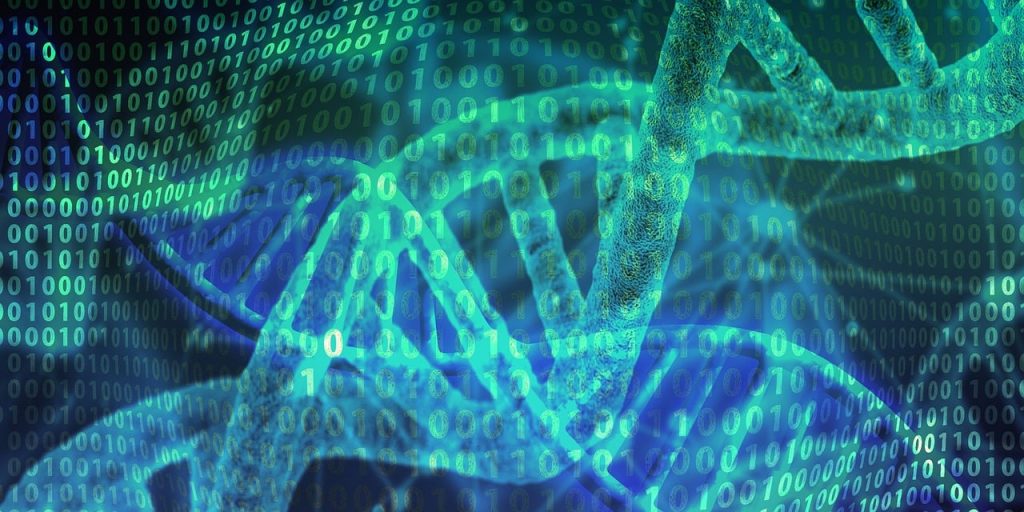All fields are required
Posted in Food Policy,Our Blog on August 9, 2024

Culture-independent diagnostic tests have greatly impacted the way historical trends in foodborne disease surveillance data can be interpreted. While there are obvious benefits to these new diagnostic techniques; like most things, it comes with its own set of complications.
A recent Morbidity and Mortality Weekly Report article, Reported Incidence of Infections Caused by Pathogens Transmitted Commonly Though Food: Impact of Increased Use of Culture-Independent Diagnostic Tests – Foodborne Diseases Active Surveillance Network, 1996-2023” explores the potential positive, neutral, and negative aspects of this diagnostic method.
What exactly are culture-independent diagnostic tests?
Culture-independent diagnostic tests, as the name suggests, are specialized laboratory tests that can identify a pathogen without using the traditional culture method.
Instead of growing live organisms on a culture medium (specific for growing the suspected organism), incubating them for a period of hours or even days, or observing the bacteria under a microscope, scientists use other technologies to get the same answer.
Instead, certain reagents are added to the sample and identified through genetic analysis or the presence of a tell-tale antigen associated with a specific pathogen
Culture-independent diagnostic tests are modern methods offering modern conveniences.
These methods are often cheaper, easier, and faster than traditional laboratory-based culture methods.
Additionally, this method is often more sensitive than culture, increasing the likelihood of identifying the pathogen in a small patient sample. Most can even detect more than one pathogen at a time in the same patient sample.
The faster the pathogen is identified, the quicker a patient can be treated, or an outbreak discovered.
Relying on this method, however, can affect aspects of public health surveillance in ways that don’t specifically positive or negative.
One neither positive or negative side effect of increased use of culture-independent diagnostic tests is its impact on historical trends. This was one of the key topic of the MMWR paper.
Increased use of these diagnostic methods “affects observed trends in foodborne infection incidence.”
Historical data is based on traditional diagnostic methods that might now have been as thorough. While modern data likely includes data that might have been overlooked using traditional methods.
Why is this a big deal?
The Healthy People 2030 initiative. That’s the big deal!
The Healthy People 2030 initiative “established disease reduction goals for Campylobacter, Listeria, Salmonella, and Shiga toxin-producing Escherichia coli (STEC) infections.”
The Center for Disease Control and Prevention’s (CDC) Foodborne Diseases Active Surveillance Network (FoodNet) monitors these pathogens, along with four others that are commonly transmitted through food.
All good things, right?
With new methods identifying smaller amounts of pathogens that might have been historically overlooked, despite efforts to reduce incidence of foodborne illness, sometimes data appears to demonstrate the opposite.
This increase does not reflect a true increase in foodborne illness or failures of new policies to reduce these incidences. It merely reflects a more accurate look at foodborne illness given modern diagnostic approaches.
It does, however, seem misleading when comparing illness data. Instead of comparing apples to apples, you are now comparing apples to apple peels, flesh, and seeds.
This phenomenon is ranked as neutral, because an additional factor outside of these parameters will also skew historical data comparisons.
For the first time since 2004, an additional area has been added to the “catchment area” that will introduce additional jurisdictions nor previously reported.
Data analysis will be skewed with or without the influence of culture-independent diagnostic tests.
How could something faster, more accurate, and cheaper have a downside. Unfortunately, it does.
While the incidents of infections diagnosed by culture-independent diagnostic tests has continued to rise, the percentage of cases yielding an isolate decreased.
What is an isolate?
When a sample is grown on a culture medium, you have a variety of organic matter present. An isolate is obtained by taking just a small part of that growth and growing it again all by itself on a culture medium. This ensures that only that particular bacteria continues to reproduce.
Why is this needed?
Isolates are used for a variety of applications. In this case, however, isolates go onto other types of testing. Whole Genome Sequencing (WGS) and DNA fingerprinting, for example.
Without these isolates, specific genetic information is not available.
Yes, we may know the patient has a Salmonella infection. Healthcare providers care about this information to provide appropriate treatment to sick patients.
Epidemiologists and outbreak investigators, on the other hand, want to know if that patient sample is genetically related to another patient sample. Is it genetically similar to a suspected food source?
Results come faster, but at a cost.
Is there a compromise between the microbiological culture approach and the molecular biological culture-independent diagnostic approach?
Perhaps.
A small amount of sample is often needed for a culture-independent diagnostic test. Splitting a patient sample or collection two patient samples so that both types of tests can be run in tandem is the best compromise.
Policies that prompt a reflex culture could also solve this problem. Though results of a culture that already has an extended timeline may be delayed as a result of this concept.
What is a “reflex culture?” Reflex culture is a policy that prompts the secondary test on a culture medium following a positive diagnostic test using another type of analysis. For example, if an antigen test showed a positive result, laboratory technicians would be instructed to perform a culture analysis to obtain an isolate for that sample.
If you’d like to know more about food safety topics in the news, like “Culture-Independent Diagnostic Tests Have Impacted Foodborne Disease Surveillance Data,” check out the Make Food Safe Blog. We regularly update trending topics, foodborne infections in the news, recalls, and more! Stay tuned for quality information to help keep your family safe, while The Lange Law Firm, PLLC strives to Make Food Safe!
By: Heather Van Tassell (contributing writer, non-lawyer)